 Politics
Politics  Politics
Politics  Weird Stuff
Weird Stuff 10 Eggs-traordinarily Odd Eggs
 History
History 10 Desperate Last Stands That Ended in Victory
 Animals
Animals Ten Times It Rained Animals (Yes, Animals)
 Mysteries
Mysteries 10 Devastating Missing Child Cases That Remain Unsolved
 Creepy
Creepy 10 Scary Tales from the Middle Ages That’ll Keep You up at Night
 Humans
Humans 10 One-of-a-kind People the World Said Goodbye to in July 2024
 Movies and TV
Movies and TV 10 Holiday Movies Released at Odd Times of the Year
 Politics
Politics 10 Countries Where Religion and Politics Are Inseparable
 Weird Stuff
Weird Stuff 10 Freaky Times When Famous Body Parts Were Stolen
 Politics
Politics The 10 Most Bizarre Presidential Elections in Human History
 Weird Stuff
Weird Stuff 10 Eggs-traordinarily Odd Eggs
 History
History 10 Desperate Last Stands That Ended in Victory
Who's Behind Listverse?

Jamie Frater
Head Editor
Jamie founded Listverse due to an insatiable desire to share fascinating, obscure, and bizarre facts. He has been a guest speaker on numerous national radio and television stations and is a five time published author.
More About Us Animals
Animals Ten Times It Rained Animals (Yes, Animals)
 Mysteries
Mysteries 10 Devastating Missing Child Cases That Remain Unsolved
 Creepy
Creepy 10 Scary Tales from the Middle Ages That’ll Keep You up at Night
 Humans
Humans 10 One-of-a-kind People the World Said Goodbye to in July 2024
 Movies and TV
Movies and TV 10 Holiday Movies Released at Odd Times of the Year
 Politics
Politics 10 Countries Where Religion and Politics Are Inseparable
 Weird Stuff
Weird Stuff 10 Freaky Times When Famous Body Parts Were Stolen
10 Terrifying Ways City And Country Living Are Killing You
It’s a rivalry as old as human settlements—the city versus the country, the proud town mouse versus the humble country mouse. Many of us dream of leaving the bustling city for the bucolic countryside. Likewise, many of us dream of leaving our rural backwaters for the energy and excitement of a New York or San Francisco. Which is better?
Well, we’ve got some bad news: It’s neither. Both the city and the country are conspiring to kill you in the most terrifying ways possible. While it might be scientifically impossible to say which is really the best to live in, here are five scarily convincing arguments against living in either of them.
10 Pollution Is Even Deadlier Than You Think
The City

Imagine living in a city, suffocating under clouds of smog. The city is so polluted that nearly 9,500 people die of long-term exposure to it each and every year. It sounds like the sort of place that could only exist in a sci-fi nightmare, but that city exists, and its name is London.
In summer 2015, researchers at Kings College London carried out perhaps the first study in the world to look into the harmful effects of nitrogen oxide (NO2), a pollutant mainly created by diesel-powered cars. They found that factoring it in doubled the estimated number of pollution-related deaths in the city, taking it to nearly 10,000 a year.
Modern London is very different from the smog-bound nightmare of the 1950s. The 20 most polluted cities in the world have levels far worse than anything in Europe. Among European cities, London is relatively smog-free. One group ranks its air quality above that of Rome, Amsterdam, Prague, Paris, Dublin, and Barcelona. The problem is less how polluted London is and more how unbelievably deadly pollution is in general.
In the UK alone, pollution kills nearly as many people each year as smoking. In the US, the figure is around 200,000, or roughly as many as the Syrian civil war killed in four years. With metropolitan areas being the worst hit in the pollution crisis, perhaps now is the time to start thinking seriously about that plan to move to the country.
9 Suicide Rates Are Stratospheric
The Country
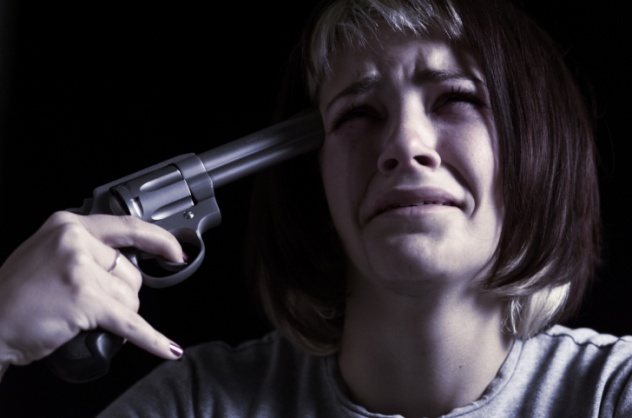
Say you escape the pollution of the city and make it to the country. There’s going to be another danger awaiting you which is just as deadly. Suicide is already the second most likely cause of death for young adults in the US. In rural areas, the suicide rate is almost off the scale.
In spring 2015, a study in the journal JAMA Pediatrics concluded that suicide rates among young people (aged 10–24) nearly doubled in rural areas. Rural youth were also more likely to use firearms in their suicide attempts, a distinction that seems unnecessary until you realize that 86 percent of gun suicides are successful, compared to just two percent for methods like drug overdoses. It wasn’t just the young who suffered, either. A separate study found that adults in rural areas are also more likely to kill themselves than their urban counterparts.
There are many reasons why country people choose to step out early, but perhaps the most pertinent is the lack of available help. There is an astonishing shortage of doctors in rural locations, with the number of mental health professionals being particularly thin. Add to that economic worries, loneliness, and a culture in some regions that frowns on seeking help, and you’ve got yourself a deadly mental health cocktail.
8 Anxiety And Schizophrenia
The City
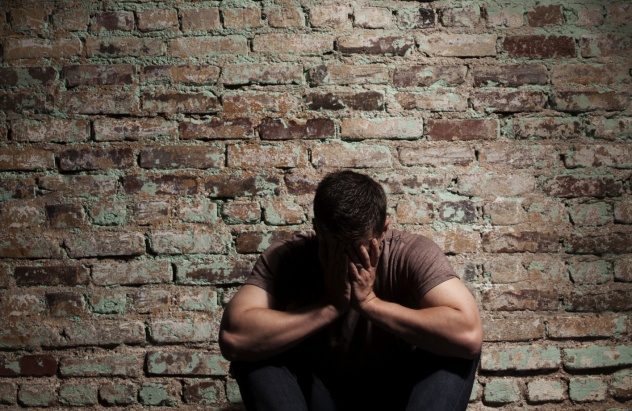
While suicide is rarer in urban areas, there’s a dangerous double whammy that’s more prevalent in the concrete jungle. Move to a city, and you may just find yourself wrestling with anxiety or schizophrenia.
In 2011, researchers at the Central Institute of Mental Health in Mannheim, Germany, ran an experiment to see how country and city dwellers dealt with stress. They found that the regions of the brain associated with threats and fear were far more active in people who live in cities. In addition, the connection between the “fear region” and the perigenual anterior cingulate cortex (pACC) was much more erratic. A bad connection between these two regions is one of the hallmarks of schizophrenia.
This chimes with other studies that show city living nearly doubles the risk of schizophrenia. Other mood disorders were also observed. The same study found that moving to a city raised your risk of developing an anxiety disorder by 21 percent. Interestingly, other research has shown that these figures aren’t due to already mentally ill people gravitating toward cities. Instead, it seems that city living itself is slowly driving us all mad.
7 Poverty Is Entrenched And Inescapable
The Country

Mention modern poverty, and most people will picture urban decay and scenes straight out of The Wire. But poverty in 21st-century America is far from an inner-city problem. Not only is it more prevalent and often worse in the country, it’s almost impossible to escape.
Since at least 1970, rural children have had a higher rate of poverty than their city counterparts. In the Deep South, the countryside poverty rate is frequently over 25 percent. Rural kids are also far more likely to live in extreme poverty, painfully defined as an income of less than $11,000 per year for a family of four. As an added kick in the teeth, the rural poor are often ignored by government anti-poverty programs, which tend to focus on inner-city housing projects.
But this is entrenched poverty, not the sort you’d experience if you moved in as a former city dweller, right? Wrong. In the UK, many urbanites dream of opening a small farm in the country, ignoring the fact that many small farmers are in six-figure debt. Other times, a small town might have a lot going for it at first, only to implode 10 years later when a vital industry goes down, leaving residents stranded. Once you fall into the rural poverty trap, it’s hard to get out. Lower wages mean that you can’t save to escape, but the higher wage jobs are all too far away.
6 Lack Of Green Spaces Increases Crime
The City

We’ve already established that a lot of the stereotypes about rural and urban living fall flat upon closer examination, but there is one that holds true: In your average city, you’re much more likely to be a victim of violent crime than you are out in the sticks.
The more urbanized your home is, the higher the crime rate. This means that cities tend to have higher crime rates than small towns, which tend to have higher crime rates than the countryside. Also, the bigger your city is, the bigger the crime rate gets. While violent crime alone rises a significant amount with urbanization, when you factor in property crime, the numbers go off the scale.
There are many reasons why this might be, from complicated social factors to basic things like the ease of anonymously selling stolen items in a city. One of the most interesting theories is that a lack of green spaces might encourage crime. In 2001, it was observed that housing blocks in the Chicago projects that were surrounded by greenery exhibited lower crime rates than those surrounded by barren land. The study authors concluded that the amount of vegetation was directly linked with the level of crime. If this holds true on a much larger scale, it could be that the garden-free, concrete nature of many modern cities is contributing to the increased crime rates.
5 You’re Much More Likely To Die In An Accident
The Country
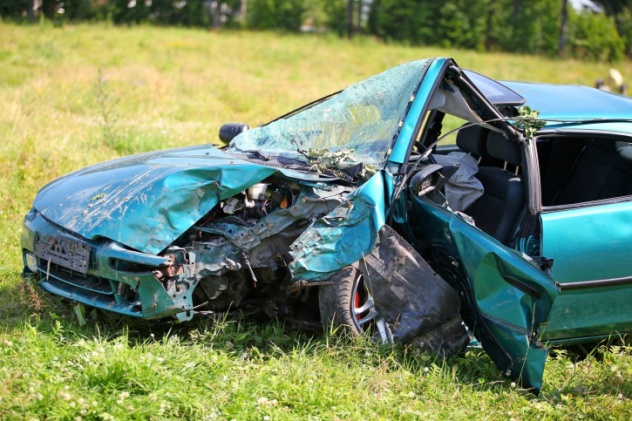
With its rush hour commutes, angry drivers, and clumsy pedestrians, you might assume that the city is the perfect place to die in a horrible accident. Unless you plan to take up a career juggling chainsaws, rural life should be significantly safer, or so you’d think. In reality, rural life is a tsunami of dangerous falls, car crashes, accidental poisoning, and unintentional injury.
In 2013, a University of Pennsylvania School of Medicine study examined all injury-related deaths across the US between 1999 and 2006 (excluding those related to 9/11). They found that the rate of unintentional injury deaths in rural areas was so high that it practically qualified as a national emergency. In the most rural parts of America, death by accidents were 15 times higher than the national homicide rate. More importantly, they were also 40 percent higher than in the nation’s most urbanized areas. Car accidents alone were twice as likely to be fatal in the countryside.
The main problem is isolation and the lack of trauma centers in rural areas. Your odds of surviving a car accident may be no different at the moment of impact, but if you spend an hour waiting for an ambulance to come all the way from Fartsville, your chances of living decrease dramatically.
4 Epidemics And Disease Outbreaks
The City
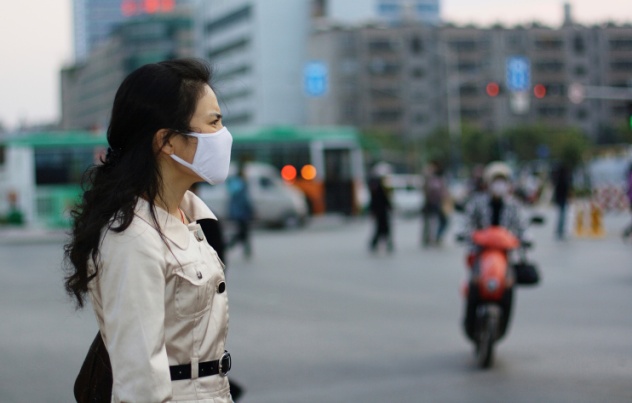
It’s a scene that any commuter would recognize. Hundreds of people are crammed into one tiny subway carriage. Bodies are pressed up against each other, breathing in the same stale air. Then, somebody suddenly sneezes. Unlike the country, cities are full of environments and situations just like this, and our disgusting behavior can turn them into deadly germ factories.
In 2014, a group of researchers from the University of Manchester decided to test our basic hygiene. Covertly observing people’s coughs and sneezes in public, they assigned each person a score for “respiratory etiquette.” Of the 154 people they monitored, only one (0.7 percent) had good respiratory etiquette, meaning that their actions were unlikely to spread disease. Another four (2.6 percent) were ranked as acceptable. The remaining 149 people (96.8 percent) scored abysmally. Multiple people were observed just sneezing into the open air in crowded spaces. In the event of a deadly pandemic, their actions would result in mass infections.
The findings chimed with other studies showing that we’re useless at hygiene. In 2012, it was revealed that 26 percent of hands in the UK were carrying fecal bacteria, with 11 percent considered more contaminated than a dirty toilet bowl. Over a quarter of all banknotes in circulation have high levels of bacteria like E. coli. Add in extremely close proximity to other human beings, and it’s no wonder that cities have been called a playground for parasites.
3 Skyrocketing Obesity Levels
The Country
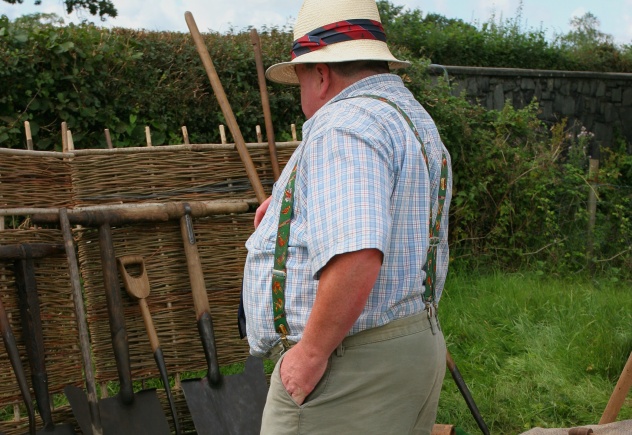
It’s no secret that America has a problem with obesity. If you expected all of the gigantic waistlines to be distributed evenly, though, you’d be wrong. Compared to their svelte urban counterparts, country folk are disproportionately huge.
In 2012, researchers used data on weight and height gathered by the CDC to examine how waistlines differed in rural and urban communities. Importantly, this was the first time that anyone had done such a study using recent data and not using self-reported figures, where people might be tempted to lie about their weight. The results were shocking.
While 33.4 percent of urbanites could be classed as obese (slightly less than the national average), among the rural population, that number ballooned to almost 40 percent. That’s a significant difference, and it’s one that grows even starker when children and those over 40 are excluded. Among 20–39 year olds, obesity rates are a staggering 10 percent higher for those living in the country.
The reason for this is probably due to mechanization. As farming has required less physical labor, famously generous country diets have stayed largely the same. With less exercise, the formerly fit rural population has started to pile on the pounds, leading to the current crisis.
2 Cramped Living Spaces Harm Children
The City
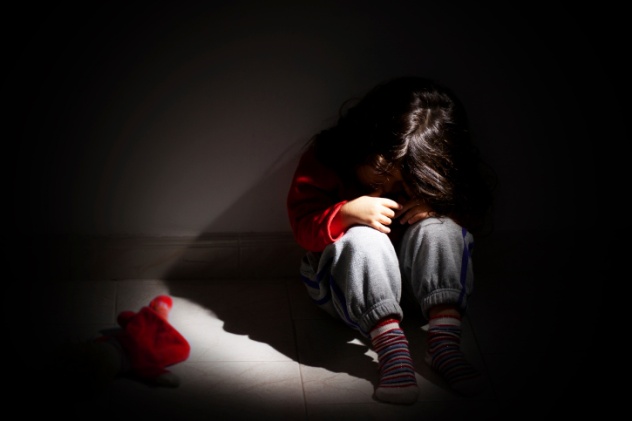
As our cities are getting ever larger and more crowded, personal space is fast becoming a thing of the past. In New York, $1,500 a month will get you a tiny shoe box of a room with one grimy window. In London, a 14-square-meter (150 ft2) home can cost £275,000 ($430,650). While such cramped living might make sense in an ever-growing city, it’s wreaking havoc with our health.
For adults trapped in small apartments in crowded areas, the most likely outcome is stress. Restricted space leads to claustrophobia, and densely inhabited buildings can lead to social crowding. The latter is particularly important, as research has shown that crowding can increase rates of domestic violence and substance abuse. While this isn’t such a problem in smaller, cheaper cities, in places like NYC, where extra people are funneled illegally into tiny apartments, it can become a real issue.
Even worse is the potential effect on children. Kids in crowded apartments with no space of their own can wind up becoming withdrawn and losing the ability to concentrate. Unsurprisingly, this can set them back in school and life in general.
1 You’ll Die Younger
The Country
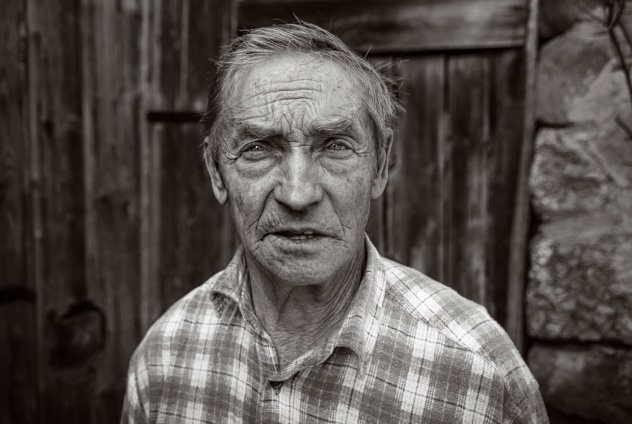
After all of this negativity, it’s worth pointing out that the countryside still has some advantages. The air is clear, the traffic is sparse, and the scenery is beautiful. However, you won’t have long to appreciate any of this. According to science, people in the country are likely to die younger than their urban counterparts.
Since 1970, the rate at which average life expectancy increases has been diverging between rural and urban communities. Although people in both are now living longer than they were 40 years ago, the difference between them has become frighteningly pronounced. Back in 1969, a farm worker could expect to throw in the towel a mere six months ahead of a city slicker. By 2009, that gap had grown to nearly three years.
It’s only going to get worse. The gap between the two is now growing at a faster rate. As American urbanites prepare to cross the 80-year mark for average life expectancy, those living in rural areas are floundering in their mid-seventies.
In short, if you want a long life, move to the city. You may have to deal with pollution, anxiety, diseases, cramped living spaces, and a higher crime rate, but at least you’ll have an extra three years to make sense of it all.








